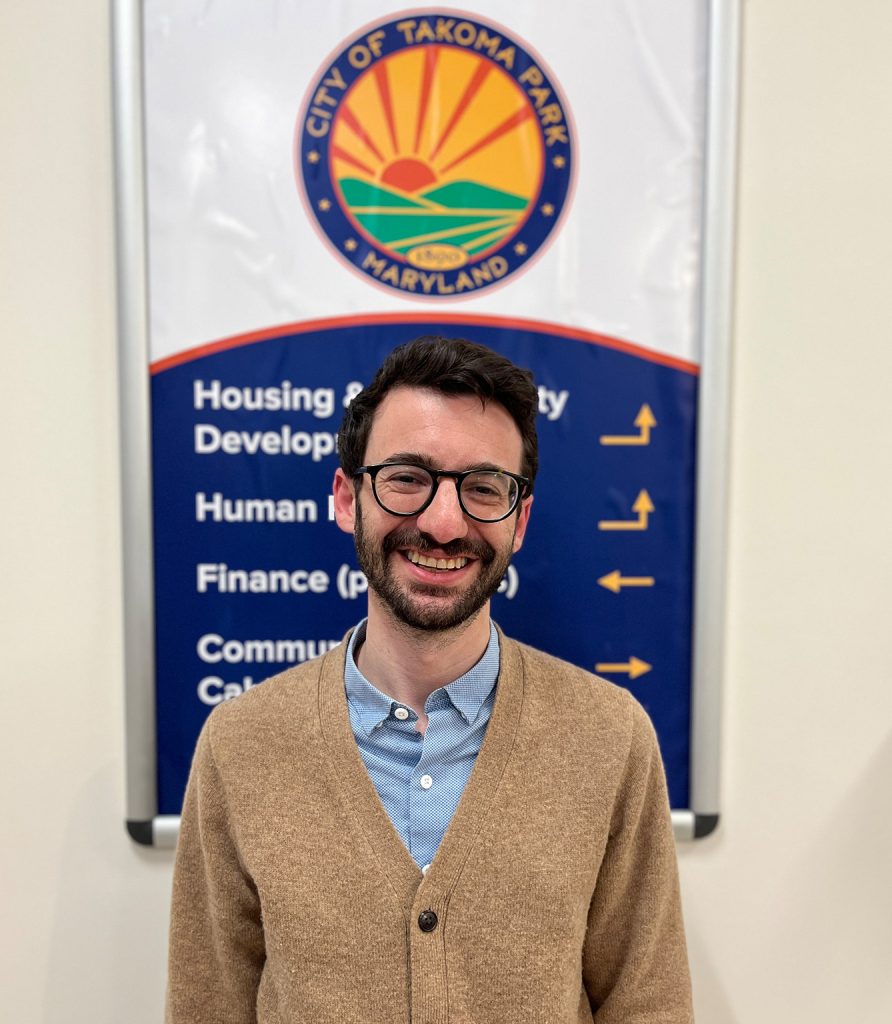Gordiya Khademian joined the library staff in December to replace cataloger Janet Jendrzejczyk, who retired in June 2023. Gordiya comes to us from the Montgomery County Public Libraries.
Tell us about yourself.
I use she/her pronouns, and I was born in Madison, Wisconsin—but only lived there for a few weeks. My family moved around quite a bit throughout the Midwest and East Coast till we got to Chevy Chase, Maryland, where I mainly grew up. I lived in New York City, where I went to NYU for my B.A. in Political Science and M.A. in Near Eastern Studies. But probably the most interesting place I’ve lived in is Dushanbe, Tajikistan, where I spent the summer of 2017 studying Persian.
What was your favorite childhood book?
My favorite childhood book would have to be one of the classic yellow hardback Nancy Drew mysteries. I loved checking those books out from the library as a child. I was always hooked by the suspense and would need to try to solve the mystery as I read.
What is your favorite book now?
My favorite book now is Octavia Butler’s Parable of the Sower. It’s a difficult read, but the way Octavia Butler shows how we can come together and take care of each other, even in the most dire circumstances, is moving and I love how she explores the creation of a new faith.
What are you reading right now?
Right now I’m reading Bitter, Akwaeke Emezi’s prequel to Pet. I’m completely blown away by Emezi’s prose. I’ve also realized the library has a really excellent Young Adult collection.
If you could meet any author, living or dead, whom would it be?
If I could meet any author, I would want to meet Ursula Le Guin. I want to talk to her about anarchism and hear her thoughts and insights on the current state of the world today.
This position has you handling pretty much every new book we buy. Do you want to read every single one? Do you see any gaps in the sorts of books we buy?
I love getting to look through the new books while I’m cataloging! I don’t know if I have seen enough to know of any gaps yet, but Dave (Burbank) and I have talked about growing the Manga collection, which I’m very excited to help with!
What are you passionate about?
I am passionate about self-reflection and self-growth. I like to take time with myself to understand where I am mentally and emotionally through journaling and time alone.
Do you have any hobbies or other things you do in your down time?
In my downtime I love watching all kinds of movies, horror, science fiction, old screwball romantic comedies. I also love talking about what I’ve watched or read, going for walks, and spending time with my partner, family, and friends.


